Anyway, I've got all sorts of things worth writing about but very little desire to actually spend time writing about them. So I'll just post some highlight blurbs and photos.
38FA608: What's in the Basement?
I spent last week with several student volunteers (I named them Deep Team 11) excavating a unit in the "downstairs" portion of 38FA608 (the site of the Broad River Archaeological Field School). The goal of the excavation was to learn something about what lies beneath the deposits exposed in the deep profile. If you followed along with my weekly blog posts during field school, you know that we made two attempts to excavate units (Units 7 and 10) below the wall. The area near the wall is artificially low and the matrix is soft sand: water that collected during two heavy rains significantly damaged both units and I gave up trying to excavate there on a one-day-per-week schedule.
I don't usually get too emotional about celebrities passing away, but this morning's announcement of the death of Chris Cornell was like getting punched in the gut. To me, he was a rare bird with an amazing combination of technical ability, vision, creativity, ferocity, and nuance. Badmotorfinger (1991) is on the short list of albums that really changed how I felt about music and art: it was on heavy rotation for many years of my life. My friend and former bandmate Nadine commented on Facebook this morning that Cornell was "one of my best teachers." I would echo that. He went for it, all the time. He pushed, he explored. Sometimes you "miss" when you're out on the edge, but that's what happens when you're out on the edge. And being out there is part of being an artist. He was only 52 and had tornadoes of good music left in him. I've been playing his music all morning with a lump in my throat.
Like much of the free world, I breathed a sigh of relief at the news that Robert Mueller had been appointed Special Counsel to head the Russia/Trump investigation. My understanding is that things will probably go dark for a while as he takes over and does his job. I had a choice of two bottles of wine to open last night. Guess which one I picked.
Yesterday as I was working outside I heard my first cicada of the season. This is supposed to be an emergence year for Brood VI of the 17-year cicada. I don't really know what to expect other than it could be deafening. The regular annual cicadas were louder than crap our last two summers here. I'll keep you posted.
Century Plant About to Bloom
In other local wildlife news, there is a century plant a few blocks from my house that is about to bloom. The kids and I have been watching it for weeks as it sent its giant, asparagus-like shoot into the sky. I can report that there are lots of buds up there. I've never seen one of these things blooming in person before. I'll take a picture when the blessed event occurs. Hopefully no-one will run the thing over before then.
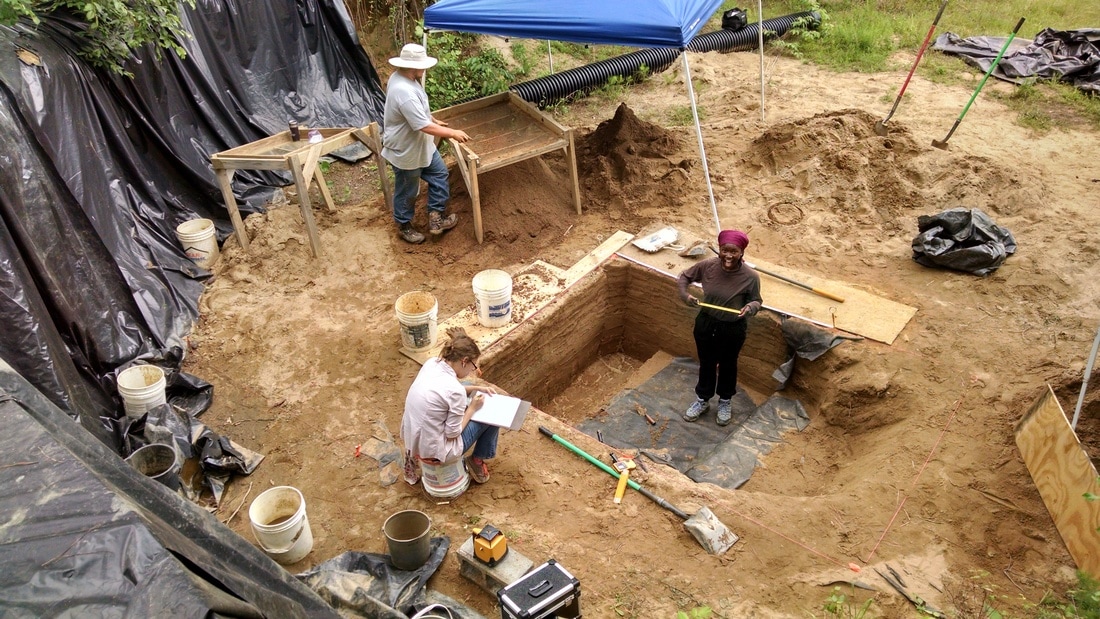
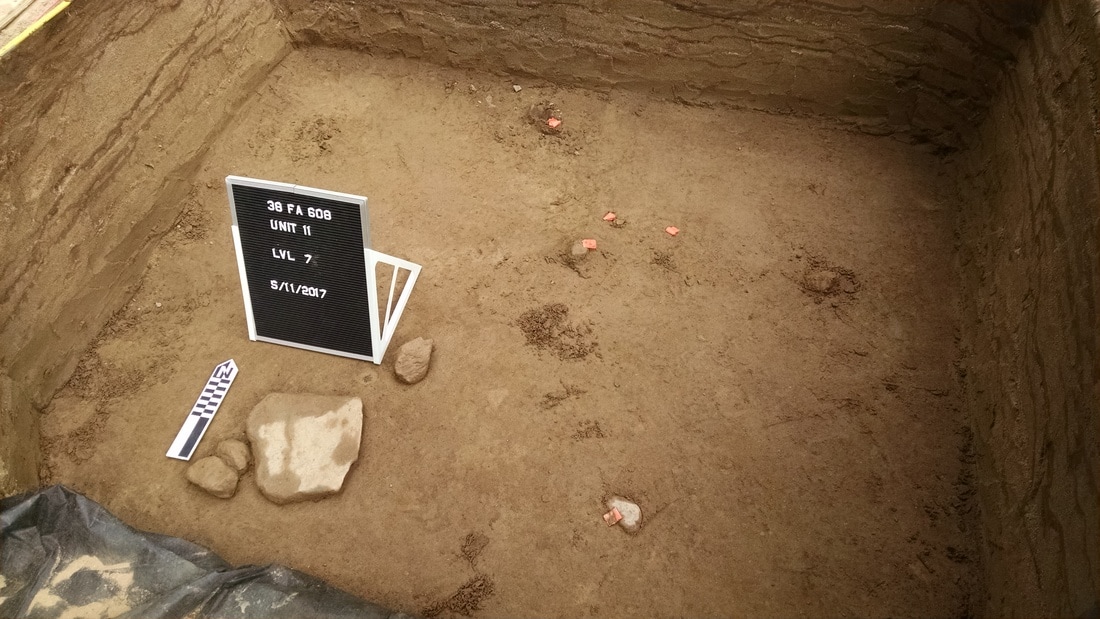
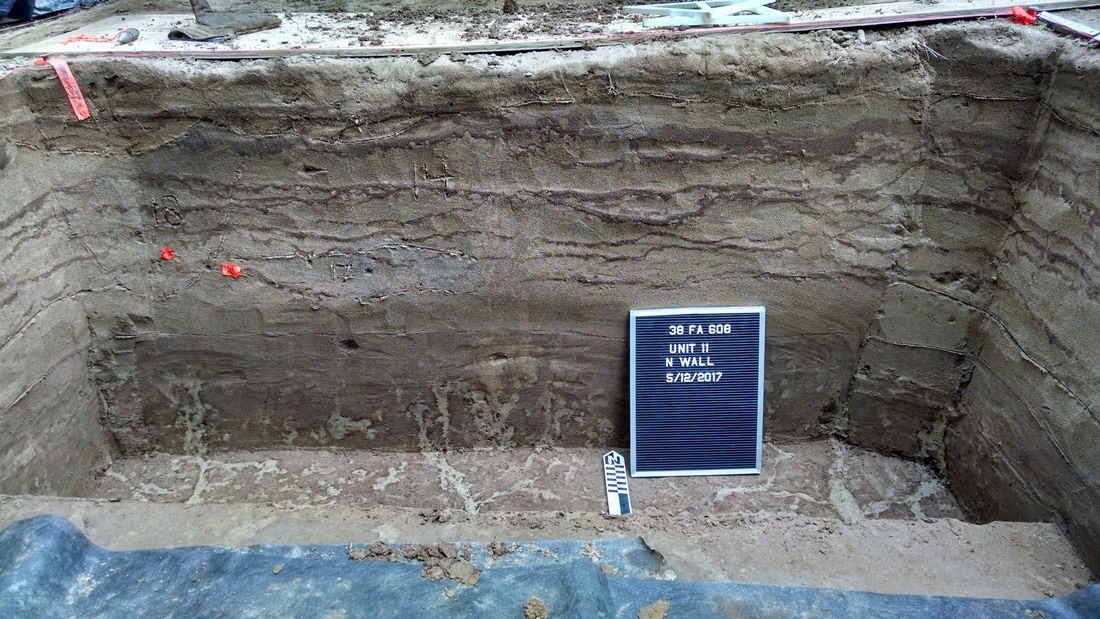
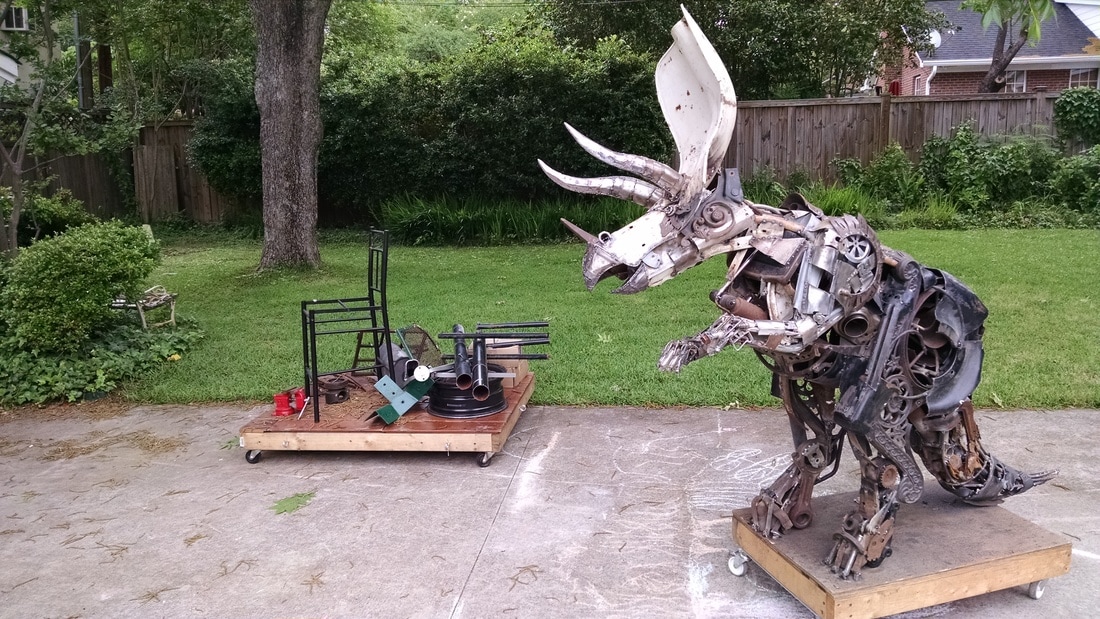
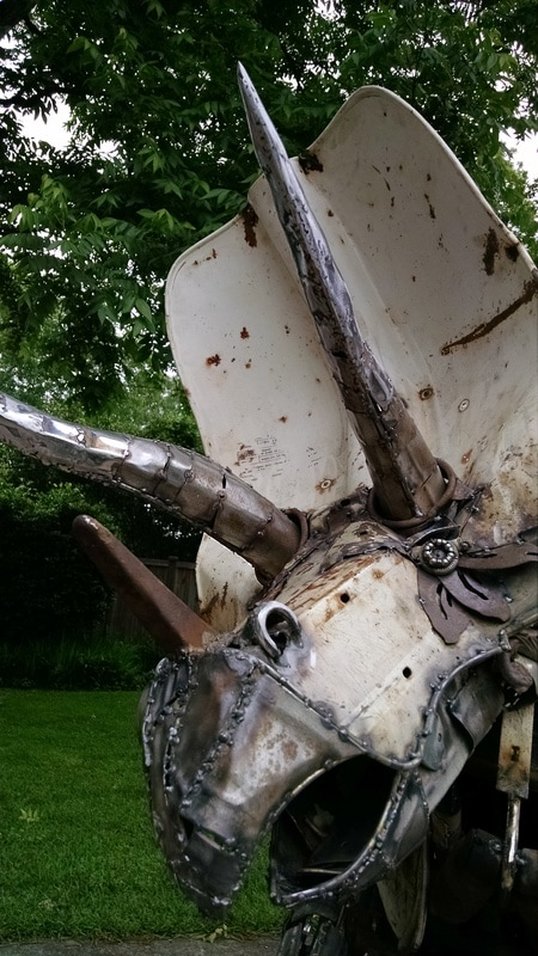
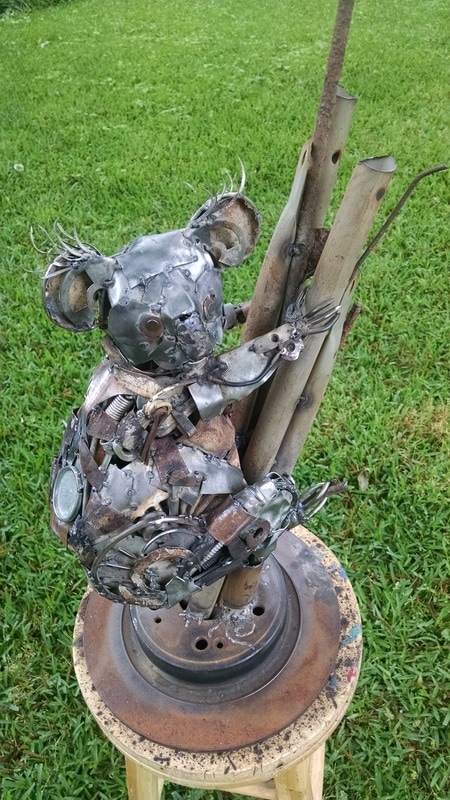
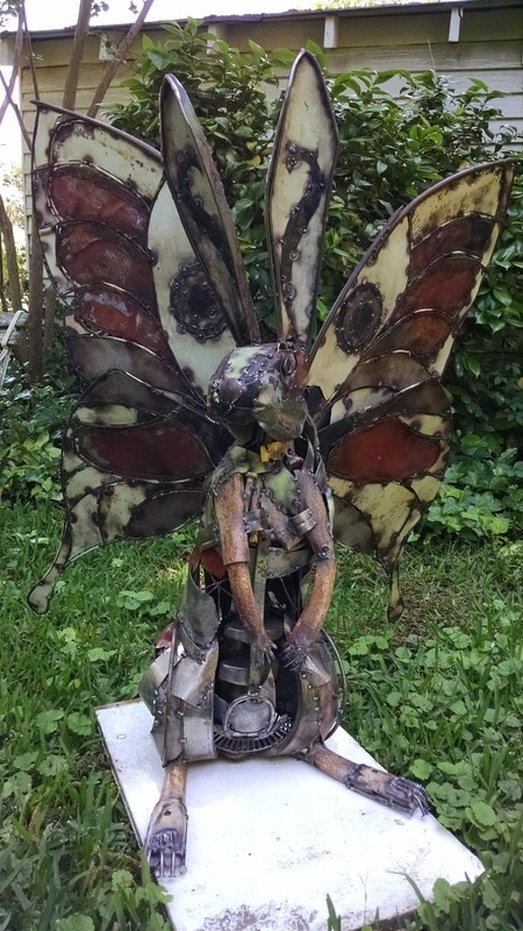
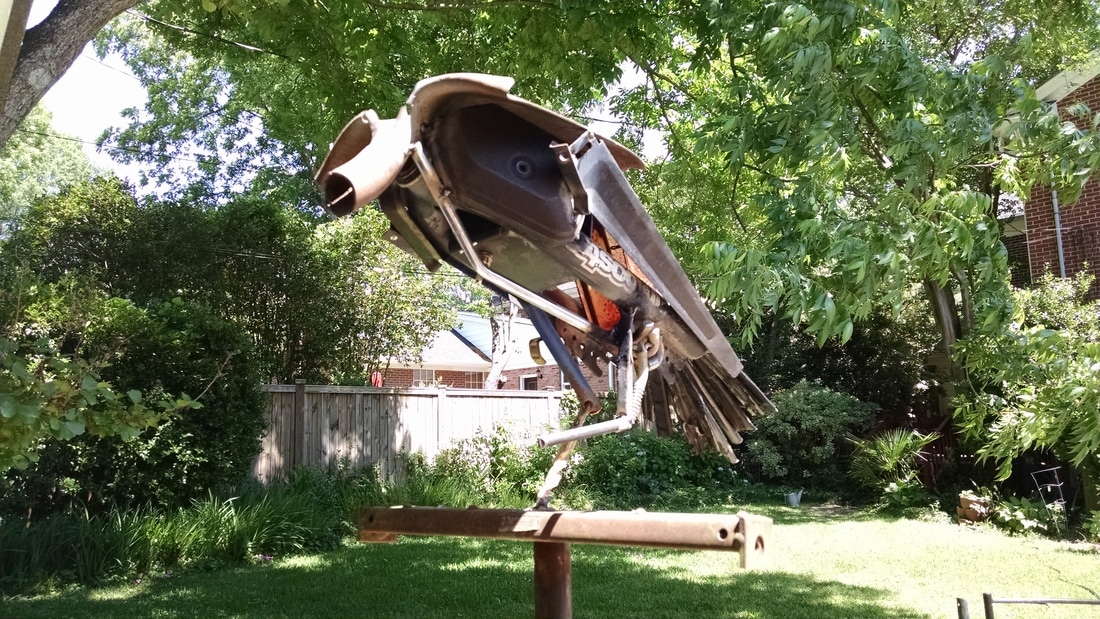



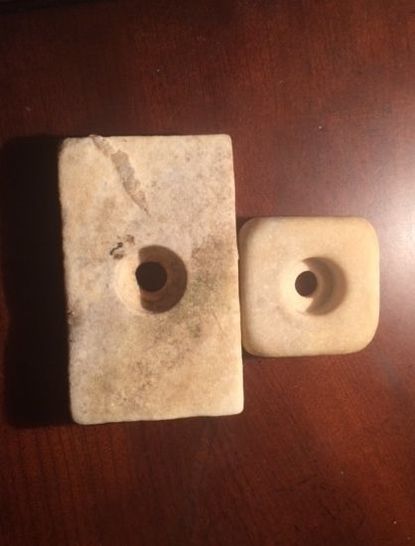

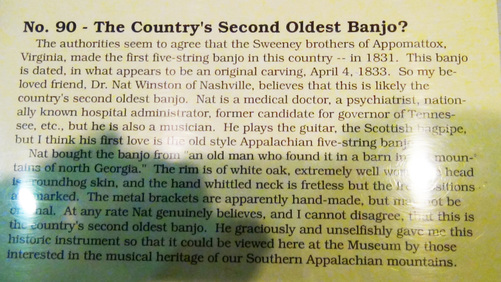
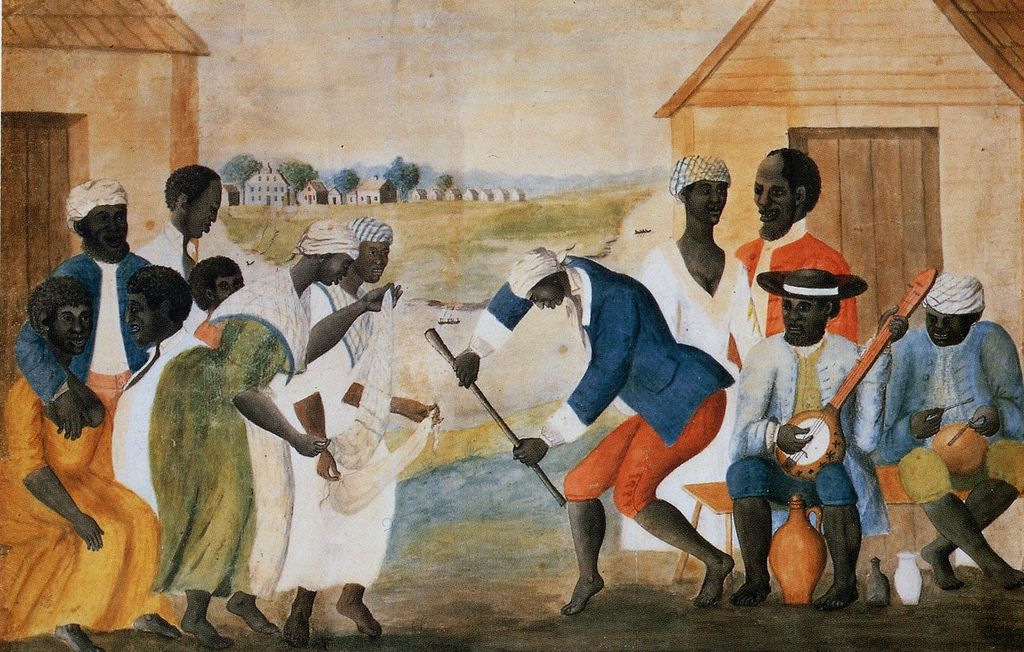
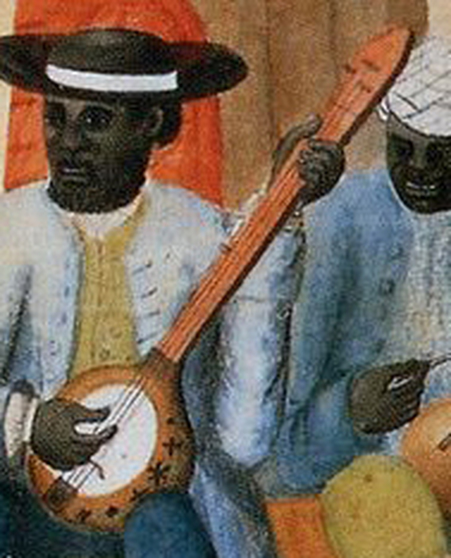
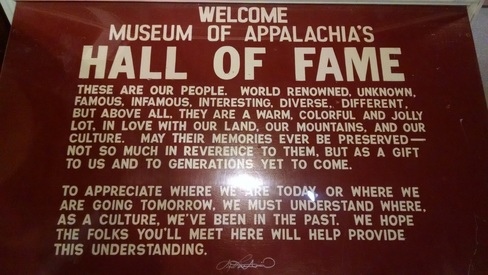
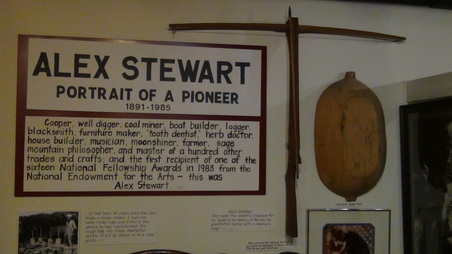
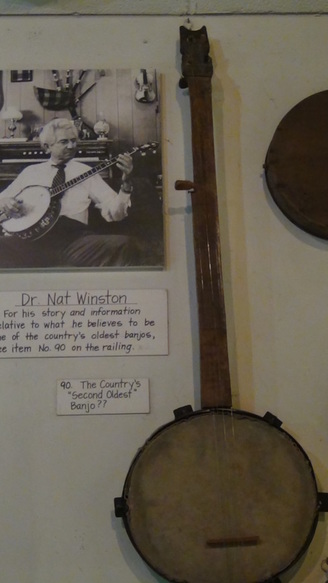


 RSS Feed
RSS Feed
